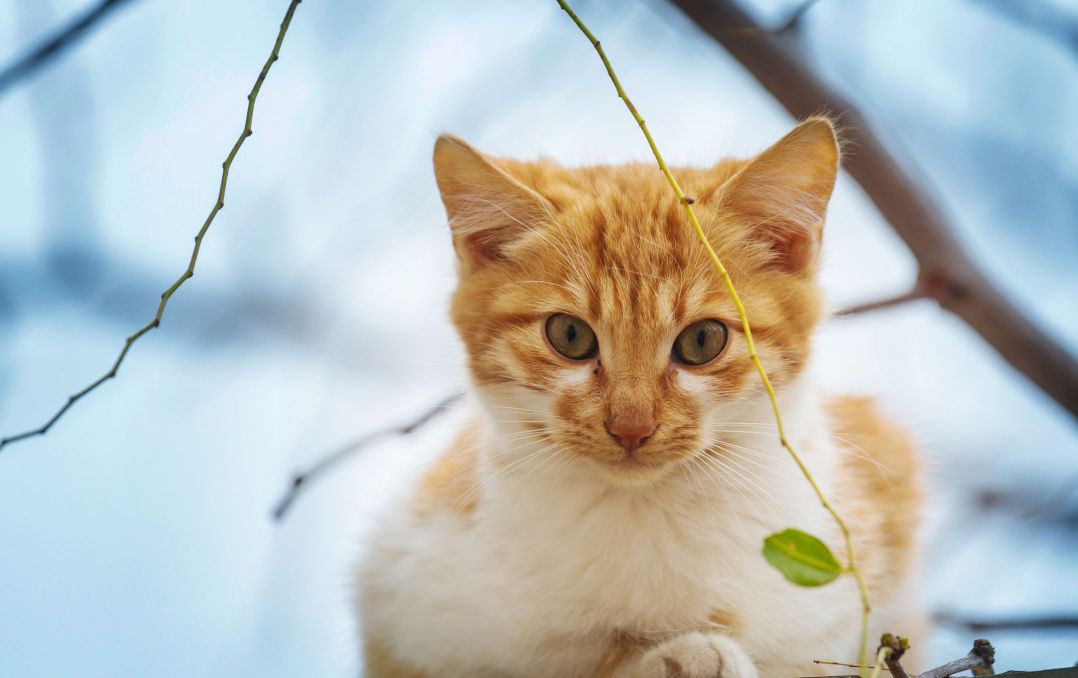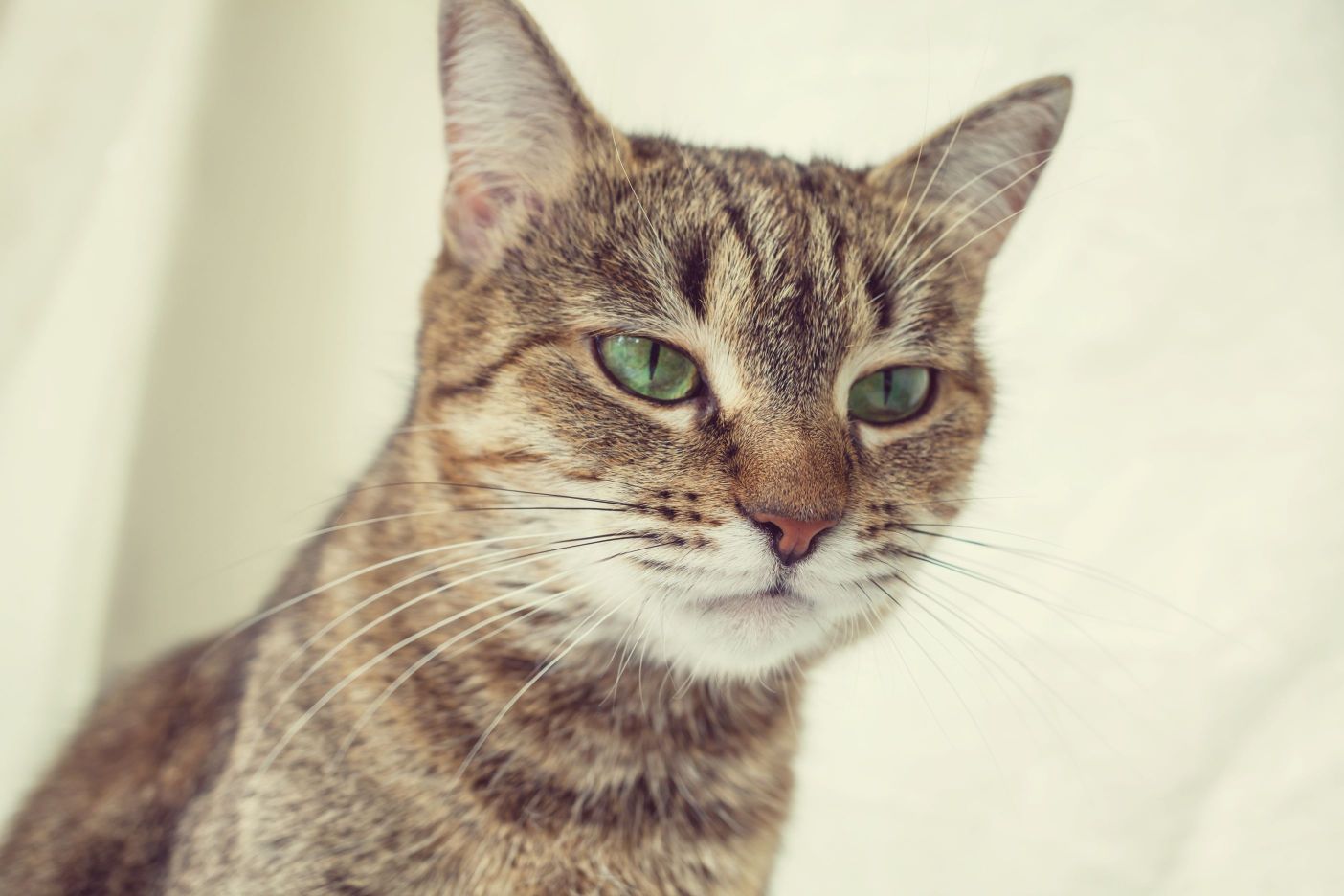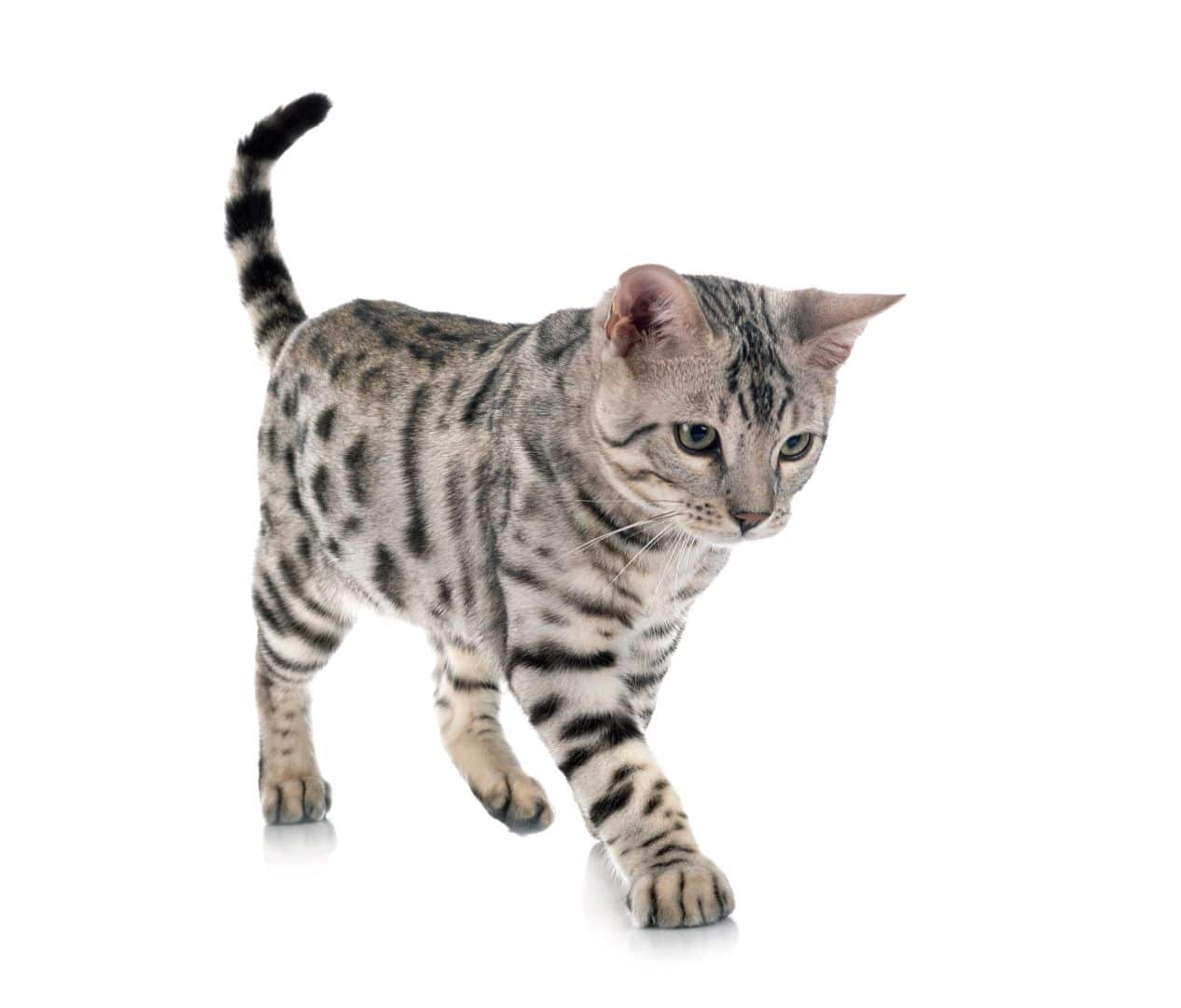
Cat Seizures: Why it Happens and How to Treat It
Are you worried your cat might suffer from seizures?
Our furry feline friends are not only beloved pets, but they’re also members of our family. When they’re suffering, we suffer too; agonizing over how to help them. But if you’ve never seen a seizure before, it can be scary and you might not know what to do.
Don’t worry! Read on for our guide to cat seizures and what you can do to help your fur baby.
What is a Cat Seizure?
Before you do anything, you need to know what a seizure is. A cat seizure happens when a sudden electrical surge of activity happens in the brain (like in humans).
This surge can be due to many causes, from genetic, physical to environmental. Whatever the cause, it’s a complex change in chemicals that happens in your cat’s nerve cells.
Brain cells can either inhibit or excite other brain cells to send messages. A healthy brain will have a balance between the two.
When seizures occur, it creates too little or too much activity. This will cause an imbalance of cells, exciting the brain, or stopping activity. It’s what causes the electrical surges.
What Do Cat Seizures Look Like?
To lend a helping hand (or paw), you need to be able to identify what a cat seizure looks like. Witnessing your cat having a seizure is a high-stress, distressing situation. It will make you feel utterly helpless.
But those first moments will be crucial in identifying the source of the seizure. There are also signs you can look out for before your cat has a seizure that can warn you it’s coming.
The first stage of a cat seizure is the focal onset. Your cat will become dazed, or they’ll run and hide out of nowhere. They might even come to find you looking scared, vomiting, or yowling. Right before a seizure, your cat could appear nervous.
When the seizure starts, your cat usually will collapse on the floor and go stiff. They may then start having convulsions (uncontrolled muscle spasms). This may look like your cat is:
- jerking their body
- paddling their paws
- snapping their jaw
It usually takes the form of random, uncontrollable movements. While this is scary to watch, you must take note of what exactly your cat is doing. Also, try to remember what they were doing right before it happened.
How to Help Your Cat Immediately
First, you want to keep your cat from harming themself. Though it’s advised for humans, do NOT put your fingers in your cat’s mouth. They’re not going to swallow their tongue, but you’re likely going to get bitten.
Check to make sure their immediate environment is secure and safe. Remove any sharp objects near them that they might catch themselves on.
Also, make sure no other pets or children are near them. If they’re on a high surface, get them onto the ground. This way, they won’t fall off and hurt themself
Stay calm, although it will be difficult, and pay close attention.
Try to time the seizure if you can. If it’s lasting longer than 3 minutes, or they go straight into another one it’s an emergency. You need to get your cat to the vet asap.

What Causes Cat Seizures?
Cat seizures usually belong to one of two categories: intracranial and extracranial. Intracranial seizures happen due to something inside the skull. This can include:
- Brain infections
- Brain tumors
- Inflammation of the brain
- Parasites in the brain such as feline toxoplasmosis
- Brain trauma
Extracranial seizures occur due to something outside the brain. This can include:
- Kidney/liver disease
- Contact with tick or flea treatment that’s not meant for cats
- Ingesting human medicines
- High blood pressure
- Infectious disease
- Heatstroke
There is also the possibility that your cat has epilepsy which will cause these seizures. It’s important that you seek out the advice of your vet and get them to examine your cat as soon as you can.
Traditional Treatment
One seizure lasting under 5 minutes that’s ruled as epilepsy isn’t treated usually. Apart from stopping the initial seizure.
Seizures that last longer, clusters, or seizures that reoccur do get treated. This is usually with anticonvulsants like phenobarbital, gabapentin, or diazepam.
If it happens on the rare occasion your cat might not need medicine. If it’s happening more than every 6-8 weeks then speak to your vet. Your cat may need further treatment to prevent any long-term, further brain damage.
For cats that are stable and not seizing currently, treatment will likely be oral. It’ll be an oral anticonvulsant and treatment for whatever the underlying cause is.
For any medicines your vet prescribed, make sure to stick to the advised dosage. A sudden stop or change in dosage can bring the seizures back. Or, it could make them worse.

Treating Cat Seizures With CBD
It might seem odd, as cats, dogs, and humans don’t seem similar in a physiological sense. But what we all have in common is our Endocannabinoid System.
This system contains receptors that trigger when CBD enters the system and our bodies. CB1 and CB2 are most common, though there are other types.
Studies show that the Endocannabinoid System helps regulate neurological activity in our brains. It does this by blocking activity from certain neuronal channels.
CBD products can help bring order back to the unbalanced electrical activity in the brain. This helps with regulating and preventing seizures. It’s of particular benefit to cats who don’t qualify for traditional treatments. And there are those cats that have sensitivities or just don’t take to traditional drugs.
To make sure you’re giving your cat the right dosage, check out our great CBD dosage calculator.
Cat Seizures Don't Have to Be Scary
While cat seizures are terrifying to watch, it’s not the end for your beloved feline friend. It’s vital to stay calm when it first happens and note down every detail you can.
Note how long it lasts, what they’re doing, and what they were doing before it happened. Then get them to a vet as soon as you can for a proper diagnosis. This will help you find the right treatment for your cat’s needs. Be that traditional medicines or a more holistic approach.
If you think CBD can help your cat, visit our site today. At milehighpawducts.com we’ve got CBD products to suit all your cat’s needs.

